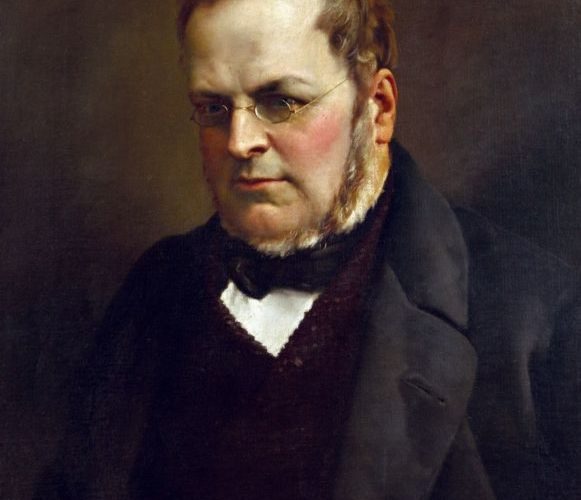Cavour
(Turin 1810 – 1861). Sent by his family to follow an army career, he was an officer in the Kingdom of Sardinia’s army until 1831. Of liberal views, he travelled in western Europe and brought back new ideas to the family farm in Leri. He was a member of the Statistics Committee (1836) and in 1842 he was patron of an agricultural association resolutely supporting free-trade policies. In December 1847, he founded “Il Risorgimento” a liberal-constitutional journal in which he supported the demand for a constitution and the need for a war against Austria in order to liberate Lombardy-Venetia.
He was elected to the Chamber of Deputies in the elections of June 1848, becoming leader of the centre-right group, and in 1850 was appointed Minister of Agriculture in the D’Azeglio government. A supporter of the so-called “marriage” with the centre-left party of Urbano Rattazzi, he formed his own government in 1852. He embarked on a wide-ranging set of reforms of finance, the army, public education and the infrastructure of the kingdom. He was welcoming to the patriots from Lombardy and rest of Italy who emigrated to Piedmont and was hostile to Austria.
In 1855, he managed to include Piedmont in the Franco-Turkish-British alliance against the Tsarist empire and sent a contingent of 15,000 men to Crimea. This enabled him to participate in the Congress of Paris (1856) during which he brought the Italian question to the attention of Europe’s policy-makers, arousing the interest of Napoleon III and a promise of French intervention against Austria, with the prospect of the formation of an Italian confederation pro-France and anti-Austria.
During the Second War of Independence (1859), he resigned after the Villafranca armistice which ceded Lombardy to Piedmont, but still left Venetia to Austria. He returned to government in 1860, and although he did not look sympathetically on the Expedition of the Thousand, he did not try to obstruct it, sending Sardinian troops to the Marches, Umbria and Bourbon lands, thus leading Garibaldi to leave what was the Savoy monarchy to complete the process of Italian unification.
He died on 6 June 1861 while engaged in the task of resolving the question of the relationship of the new State with the Church.





